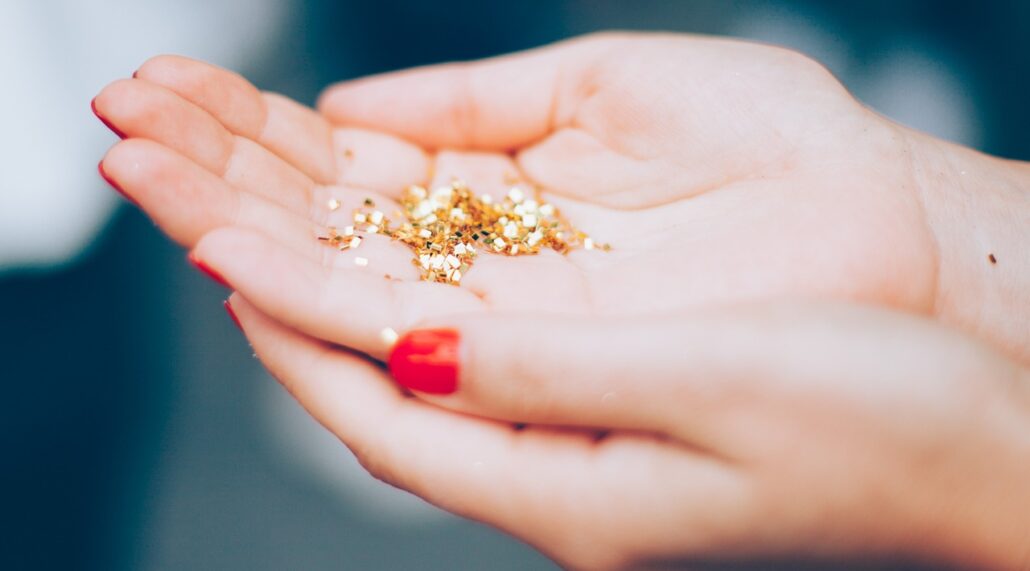By Lindsey Schmidt, WMEAC Eco-Journalism and Blogging Intern
What is glitter?
Microplastics are extremely small pieces of plastic debris that eventually make their way to the environment as a result of the disposal of plastic products, such as glitter. Glitter is made from sheets of polyvinyl chloride (PVC) or polyethylene terephthalate (PET) and coated with aluminum in order to give it the shine people are so drawn to. Sometimes, glitter is also coated with a third layer of plastic made of styrene acrylate. Many of us are familiar with glitter and how frustrating it is to clean up. You might use a small amount of it to make a birthday card for your best friend and still find pieces of that glitter around your house weeks later. In fact, glitter is so difficult to clean that it has actually been used in forensic studies to gather evidence and solve crimes.
How does glitter impact marine life?
Unfortunately, though the persistent nature of glitter comes in handy in crime scene analysis, it means that glitter has rather harmful effects on the environment. Because it is so small, it can make its way past water filters and end up in natural water sources. There are many ways glitter might end up in rivers, lakes, oceans, and other bodies of water, including via household wastewater (drainage from sinks and tubs) and landfill runoff. Once glitter winds up in the ocean, marine life can mistakenly consume it, believing it to be part of their natural food supply. Consumption of the plastics contained in glitter (PET, PVC, and styrene acrylate) can have detrimental impacts on the health of the animals that consume it.
A study conducted in July 2022 looked into the impacts of PET on mussels. They found that prolonged exposure to PET can decrease sex hormone levels, resulting in reproductive failure following a decrease in semen quality in males and a decrease in fertility in females. Exposure to PET can also increase cell death and DNA damage, cause antioxidant enzyme activity to fluctuate, and increase acetylcholinesterase (AChE) activity. In order to assess indicators of exposure to pollutants, the researchers examined the activity of two antioxidant enzymes. Both showed increased activity in the digestive tract, and one showed increased activity in the gills. This increased activity suggests increased stress caused by pollutants. Finally, exposure to PET was shown to have detrimental effects on neurological functioning. AChE is an important neurological enzyme which breaks down the neurotransmitter acetylcholine into choline and acetate. The increased AChE activity triggered by exposure to PET can result in energy demands, inconsistency, confusion, and visual and behavioral disturbances. The results of this study have implications for humans too, as humans can consume seafood contaminated with the plastics from glitter.
How can we address this issue?
So, does this mean that we can never enjoy seafood in peace again? Not necessarily. In recent years, companies have been making efforts to produce biodegradable glitter made from plant cellulose. Companies such as Bioglitter and Meadowbrook Inventions boast completely biodegradable glitter that is safe for the water supply. However, consumers should be wary when purchasing “biodegradable” glitter, as some of it still has a thin layer of styrene acrylate on the outside. Until a completely biodegradable glitter formula is in use everywhere, the only sure-fire ways to cease the seeping of glitter into the water supply are abstaining from using glitter altogether or making homemade glitter by taking a hole puncher to leaves, old newspapers, or other biodegradable materials.


